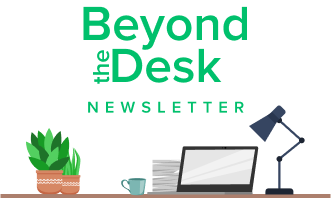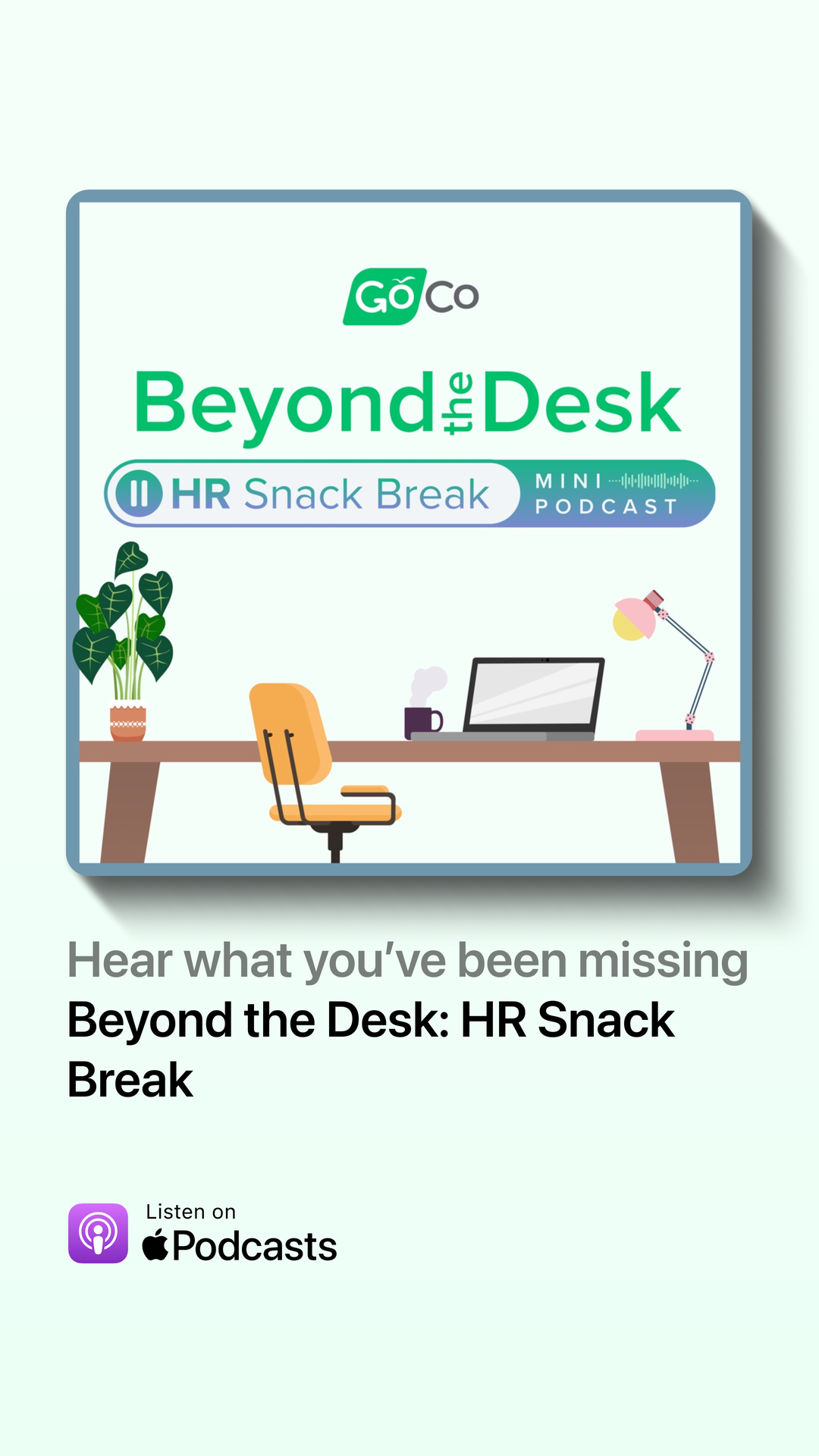7 HR Trends and Challenges to Prepare for in 2025
Discover 2025's top HR trends for SMBs, from AI integration to employee wellbeing, and how to adapt and thrive for years to come.
by Lucy Leonard - October 23rd, 2024
As 2025 approaches, HR is rapidly evolving, especially for small and mid-sized businesses (SMBs) in the U.S. While many companies have made significant strides in areas like remote work and DEI (diversity, equity, and inclusion), new challenges and trends are on the horizon.
So how can SMBs stay ahead of the curve and ensure their HR strategies not only survive but thrive in 2025?
In this blog, we’ll dive into the HR trends and challenges that SMBs should watch for in the coming year. These insights are based on research and data, so you can be confident that preparing for these changes will help your company remain competitive and agile.
1. AI & Automation Will Expand (But Not Replace) HR Roles
Many businesses have already started integrating AI and automation into their HR processes, but in 2025, we expect this trend to intensify. However, unlike what many feared, AI won't eliminate HR jobs. Instead, it will shift the focus.
The Opportunity: For small and mid-sized businesses, the key will be in finding the right balance—using AI to handle mundane tasks like answering repetitive employee questions, processing expense management, and writing job descriptions while ensuring the human touch remains in critical areas like conflict resolution and employee development.
Key Stats: According to a recent survey by PwC, 74% of employees are willing to learn new skills or retrain to retain a job. That willingness to upskill can be harnessed by SMBs to implement HR automation that empowers their teams rather than intimidates them. Additionally, 93% of CEOs who implement upskilling programs report improved productivity, talent retention, and acquisition.
2. The Reskilling Revolution
The "reskilling revolution" is set to continue well into 2025. With automation and digitalization touching every industry, employees will need continuous learning opportunities to remain competitive. This presents both a challenge and a chance for SMBs to retain their workforce by investing in their growth.
The Challenge: Smaller businesses often don’t have the resources for massive learning and development budgets like their larger counterparts. However, this is where creativity comes into play.
Solutions: Consider investing in an online learning platform or implementing mentorship programs within the company. Reskilling initiatives don’t need to be costly, but they do need to be consistent and align with your company’s strategic goals.
3. Hybrid Work: The New Default (But With Challenges)
Hybrid work is here to stay, but with it comes a unique set of challenges. Managing a workforce that’s both in-office and remote presents issues around employee engagement, maintaining company culture, and performance tracking.
The Challenge: For small and mid-sized businesses, developing policies that clearly define the parameters of hybrid work will be critical. Beyond that, creating ways to keep hybrid employees engaged—without making the office vs. remote divide more pronounced—will be an HR necessity in 2025.
Solutions: Investment in collaboration tools, virtual engagement strategies, and regular feedback loops will help. But more importantly, HR will need to provide training for managers on leading remote or hybrid teams to ensure a seamless work environment.
4. Personalized Employee Experiences (Not Just Perks)
Gone are the days when offering free snacks and ping-pong tables were enough to keep employees happy. Today’s workforce is looking for more personalized experiences that cater to their individual needs, whether that’s career growth, mental health resources, or work-life balance flexibility.
The Opportunity: Small and mid-sized businesses may not be able to compete with large enterprises on perks, but they can offer a personalized approach. Creating individualized career development plans, flexible work options, and fostering open communication can be significant differentiators.
What the Data Shows: A Gallup study found that employees who feel their manager is interested in their development are 2.9x more likely to be engaged. Focusing on personal growth rather than blanket perks can give SMBs an edge in retaining top talent.
5. A New Focus on Employee Wellbeing
Employee wellbeing is no longer a nice-to-have; it’s a must-have, especially as we head into 2025. From mental health support to financial wellness programs, employees are expecting more from their employers in terms of holistic support.
The Challenge: For SMBs, offering expansive wellness programs might seem out of reach, but there are scalable ways to invest in well-being that don’t break the bank. Offering mental health days, access to telemedicine, or even partnerships with wellness apps can provide significant support.
Trend to Watch: According to the American Psychological Association, 77% of employees experienced work-related stress in the last month, and this number is unlikely to decrease. Mental health and stress management programs will be essential to maintaining productivity and avoiding burnout.
6. DEI Goes Beyond Compliance
In 2025, diversity, equity, and inclusion (DEI) efforts will need to go deeper than surface-level compliance. Employees are demanding genuine commitment to DEI, and businesses are expected to take action, not just talk about it.
The Opportunity: Small businesses may not have dedicated DEI teams, but they have the advantage of agility. They can implement meaningful DEI strategies faster than larger organizations with more bureaucracy. This includes not just hiring practices, but inclusive policies that support diverse employee needs across the board.
Key Insight: Research from McKinsey shows that companies with high gender diversity on executive teams are 25% more likely to have above-average profitability. Small and mid-sized businesses that invest in DEI early can build more innovative and competitive teams.
7. HR’s Role in Navigating Legal Complexities
From changes in labor laws to emerging compliance challenges, SMBs will need to stay on top of legal updates in 2025. For example, with more states enacting paid leave laws and changes in employee classification (gig workers vs. full-time employees), HR teams will need to navigate a more complex regulatory environment.
The Challenge: HR departments at small and mid-sized companies often wear many hats, and legal compliance may feel overwhelming. However, falling behind on compliance can result in hefty fines and damage to a company's reputation.
Solution: Leveraging HR software that automates compliance updates or partnering with legal experts on a retainer basis can be a cost-effective way to ensure SMBs are always up to date with the latest labor regulations.
Final Thoughts: Adaptability is Key
2025 will bring both opportunities and challenges for HR professionals at small and mid-sized businesses.
The key to success? Agility and a focus on people.
By staying informed on these trends and proactively addressing these challenges, SMBs can position themselves not only as employers of choice but as resilient and innovative organizations ready to tackle the future of work.
Now is the time to audit your HR strategies, invest in the right tools, and prepare your team for the dynamic shifts on the horizon. Whether it's through AI, personalized employee experiences, or a commitment to well-being, staying on top of these trends will empower your business to thrive in 2025.

Subscribe to Beyond The Desk to get insights, important dates, and a healthy dose of HR fun straight to your inbox.
Subscribe hereRecommended Posts
How To Recognize and Avoid Nepotism in the Workplace
Blog Articles
Timeline for HR Software Implementation: What to Expect
Blog Articles
Top 9 Employee Benefits Trends To Watch for in 2025
Blog Articles
Search...
Product
GoCo
Resources
Articles
eBooks
Webinars
Customer Stories






